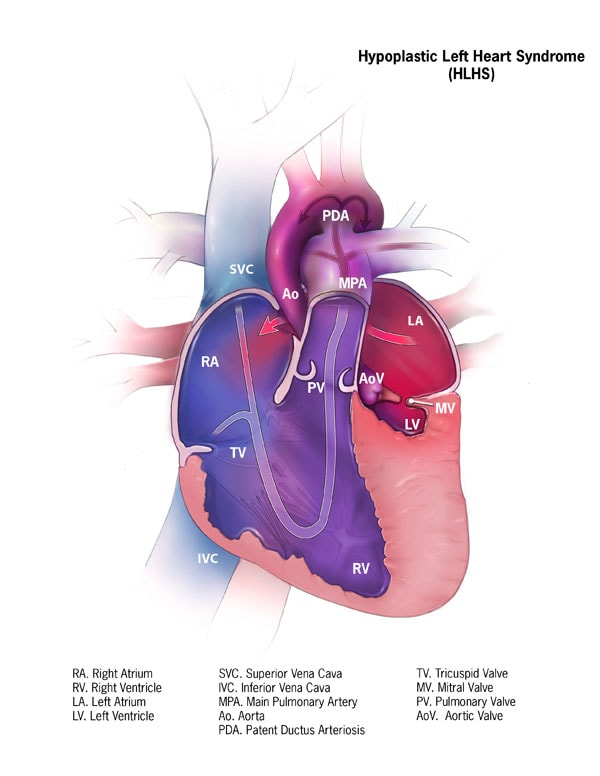jefftherealmccoy
Forum Crew Member
- 75
- 2
- 8
Called for a 33/M sick person. pt laying on couch on arrival. C/o cramping and R foot swelling. no pain, N/V, SOB. Nothing. Hx- pt has 3 chambered heart with pacemaker. EKG shows an irregularly paced rhythm. bp 96 systolic. pt says he nomally runs low. pt goes to put a shirt on to get on the gurney and his lips start to turn a little blue. o2 sats 88%. 4L o2 brings sats up. lips change back. no complaints into the ER. but while i'm giving report he keeps having fits of SVT around 150. we transfer him to the hospital bed and as i'm giving report he turns more and more blue.
we left him in ER's care and come back later to find out he's been admitted. ER got a BP of 50 systolic and he's stuck in a fib/flutter.
any guesses? and if you get it, any way we could have seen this coming while on scene?
we left him in ER's care and come back later to find out he's been admitted. ER got a BP of 50 systolic and he's stuck in a fib/flutter.
any guesses? and if you get it, any way we could have seen this coming while on scene?

